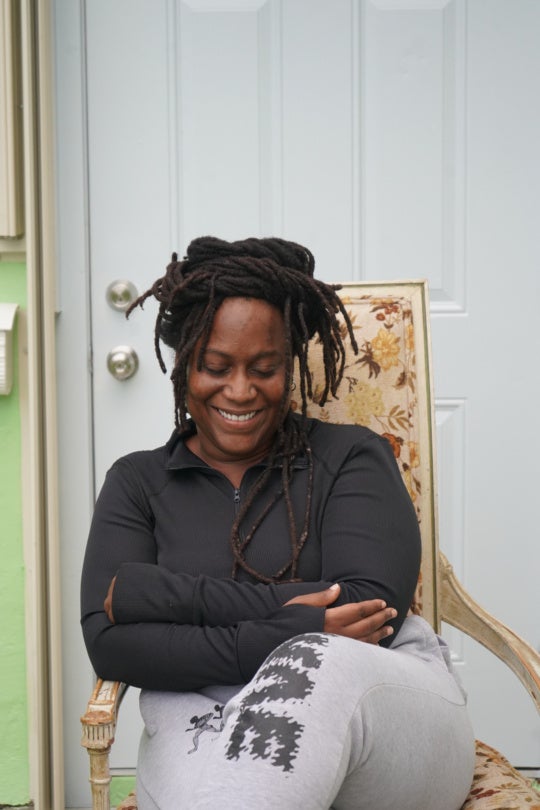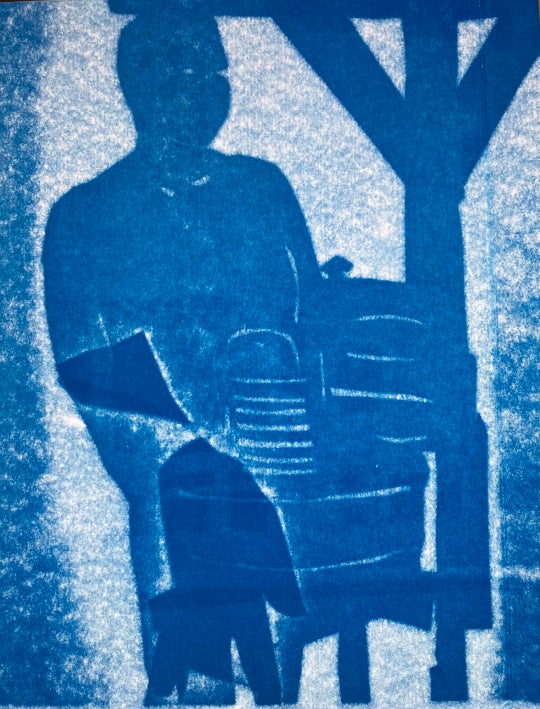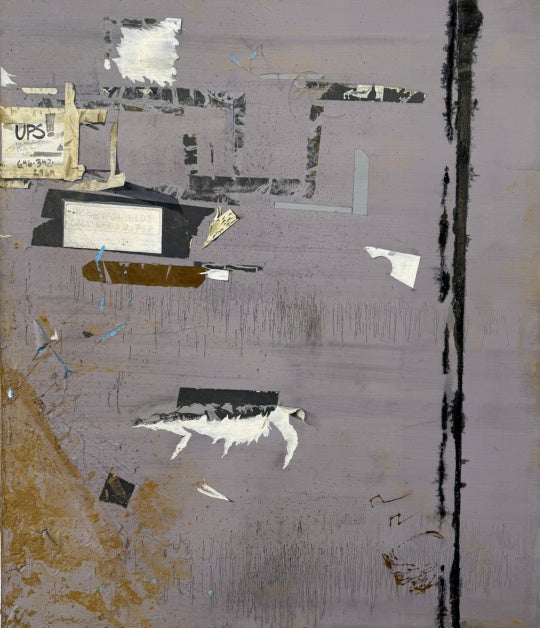
Over a year after the New Orleans City Council voted to remove four Confederate monuments, action has been taken. Beginning around 2am this morning, the Battle of Liberty Place monument was dismantled.
The work was not routine, however. Snipers were stationed on a parking deck overlooking the monument; workers wore bulletproof vests, face masks and military-style helmets; and the company name on two equipment trucks was concealed to protect the identities of individuals and businesses.
A local news channel livestreamed the hour-and-twenty-minute undertaking.
A small group of protesters were gathered around the statue until 1:30am, when police moved in to set up barricades. A handful of monument supporters remained but the work was mostly carried out in an eerie silence.
A candlelight vigil was held at the Jefferson Davis monument, one of the remaining three that will come down.

During a press conference later in the morning, Mayor Mitch Landrieu said that, of the four statues to be moved, Liberty Place “is perhaps the most blatant affront to the values that make American and New Orleans strong today. We should truly remember all of our history, not some of it. We will no longer allow the Confederacy to literally be put on a pedestal in the heart of our city.”
He emphasized that the monuments were intended to deny the future of the United States of America, the values of a nation and the humanity of millions of people.
Landrieu explained the Liberty Place monument’s meaning: “This statue was originally erected to honor members of the Crescent White League, who revolted against the racially integrated New Orleans police and state militia. The statue was put up to honor the killing of police officers by white supremacists.”
Landrieu numerous times reiterated that the dates of the other statues’ removal would not be disclosed due to “the intense level of threats and intimidation,” but he assured reporters that funds had been raised for the removal of all four monuments, and that the courts have recognized the City’s right to control their property. He said that this action is not a naive attempt to fix everything, stating, “this is about showing the whole world that we as a city and as a people are able to acknowledge, understand, reconcile and, most importantly, choose a better future, making straight what has been crooked and right what has been wrong.”




